[ad_1]
Because the colourful colours of summer season season season give approach to the crisp chill of autumn, it might be simple to miss your yard beds. The tomatoes are achieved, the last word of the leafy herbs have bolted, the mums are out on current—what else would possibly there perhaps be? There are literally many fall yard duties you don’t should ignore or push off.
Everytime you’re fortunate ample to have varied leisurely weeks of superb fall native climate before a deep freeze hits, it’s possible you’ll squeeze in a single completely different batch of veggies. Carrots, turnips, radishes, and greens make good cool-weather crops.
Nonetheless, if getting additional seeds began doesn’t sound attainable, there are just a few gardening duties that should take extreme precedence. Fall is an excellent time all through the yard: the native climate is cooler, rain can be falling additional repeatedly, and most vegetation are naturally slowing down and going dormant.
Now that you just simply don’t want to fret about harvesting or watering, you in all probability can step as soon as extra and cope with a few of these usually forgotten duties. That is the proper varied to assess your soil, lastly eradicate these diseased vegetation that popped up this summer season season season, and full some main yard system upkeep.
Listed under are 11 must-do yard duties to dig into this fall—don’t ignore them! We’re rooting for you!
Feed Your Soil
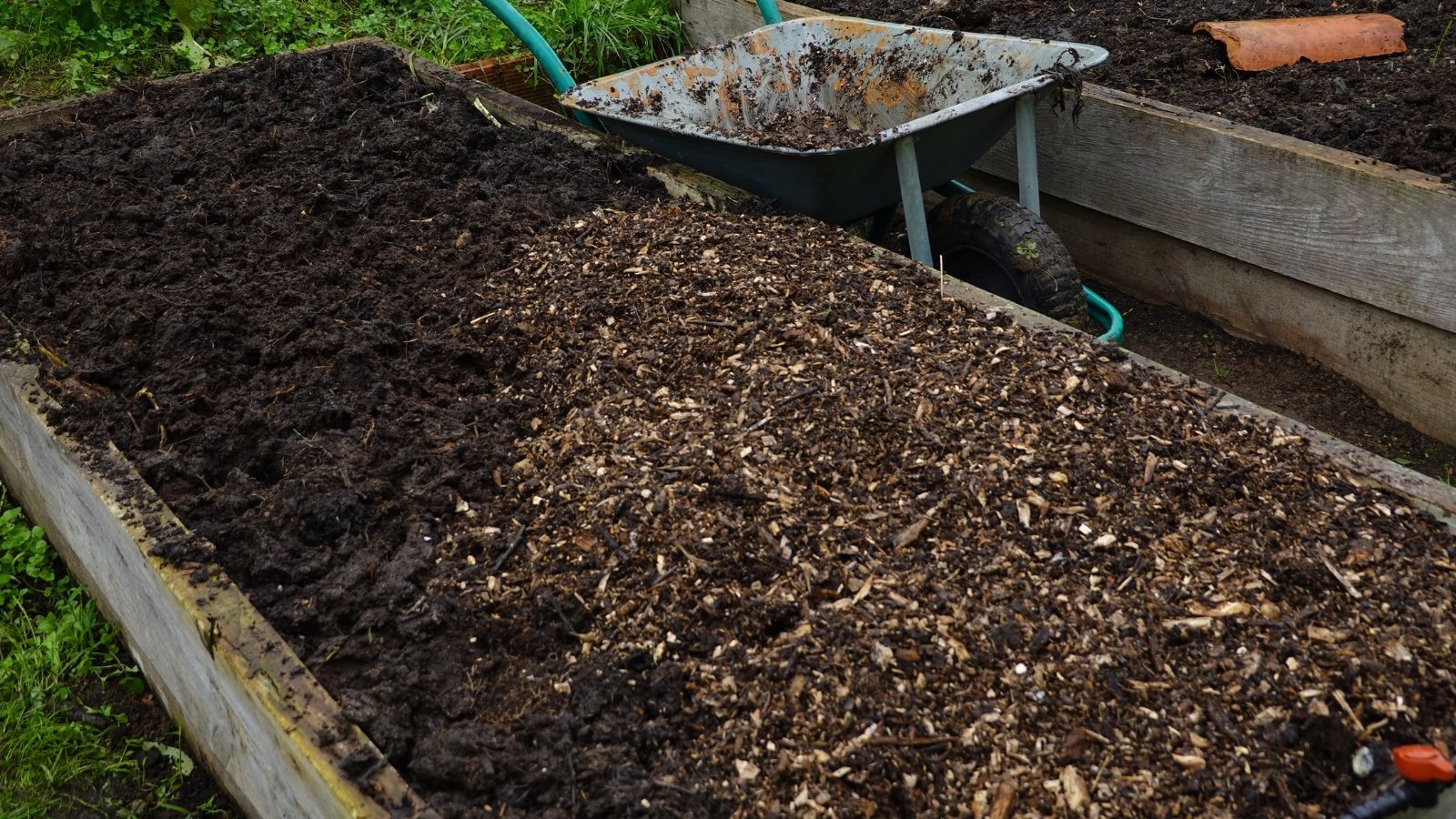

After a full season of supporting lush vegetation, fruits, and pleasant flowers, your yard soil wants significantly pampering. Spending vitality on establishing resilient, nutrient-rich soil will go a terrific distance. There are numerous different routes to feed and maintain healthful soil, however do what feels approachable and accessible in your yard!
Add Compost
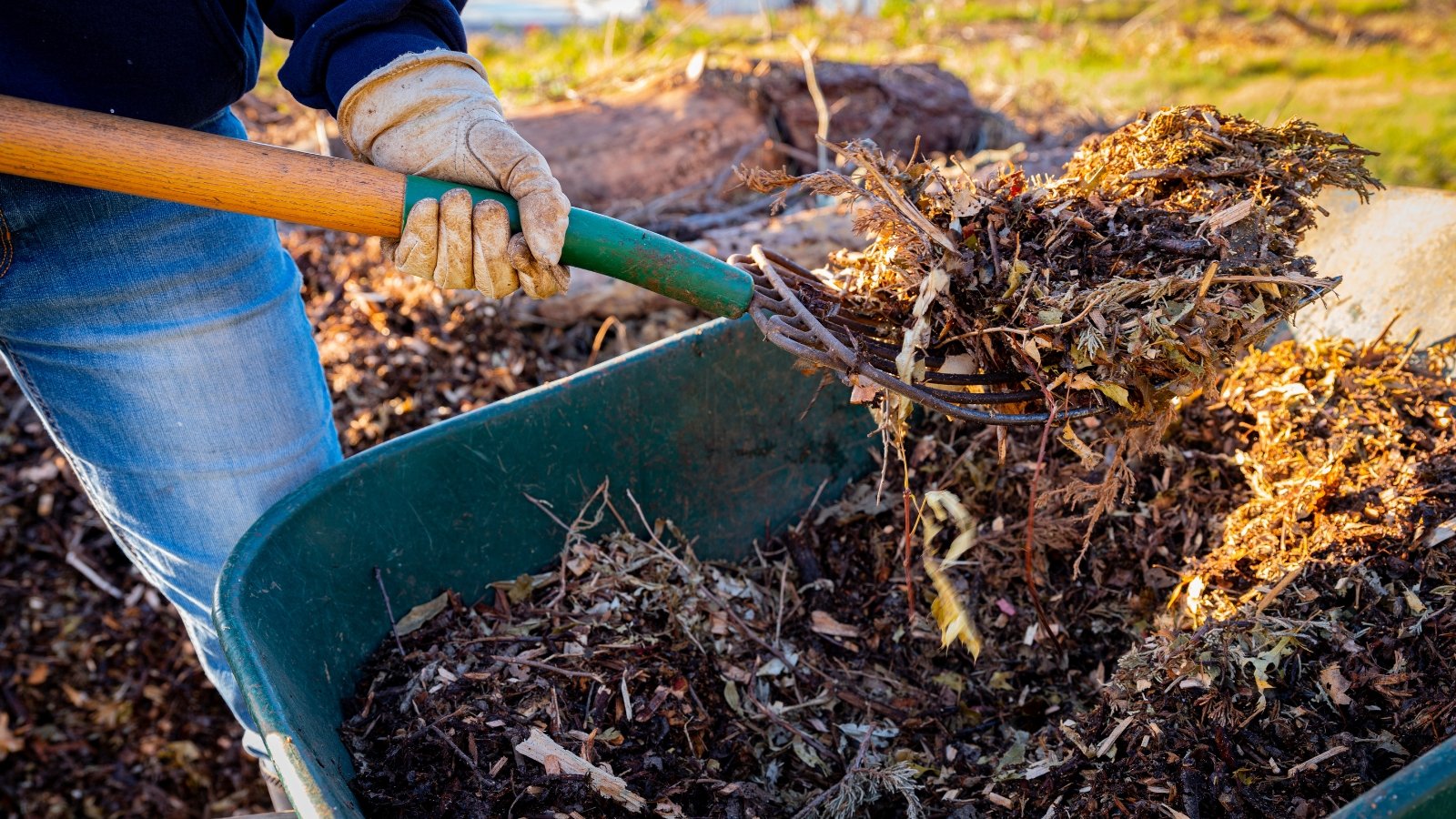

Whether or not or not or not you make your explicit particular person compost or buy a bag of it, that is the key subject you can do in your soil all through the autumn. A healthful dose of compost improves drainage, lightens heavy soil, helps useful microorganisms, and helps maintain soil moisture. Add a 1-2 inch thick layer of achieved compost to your yard mattress.
Plant a Cowl Crop
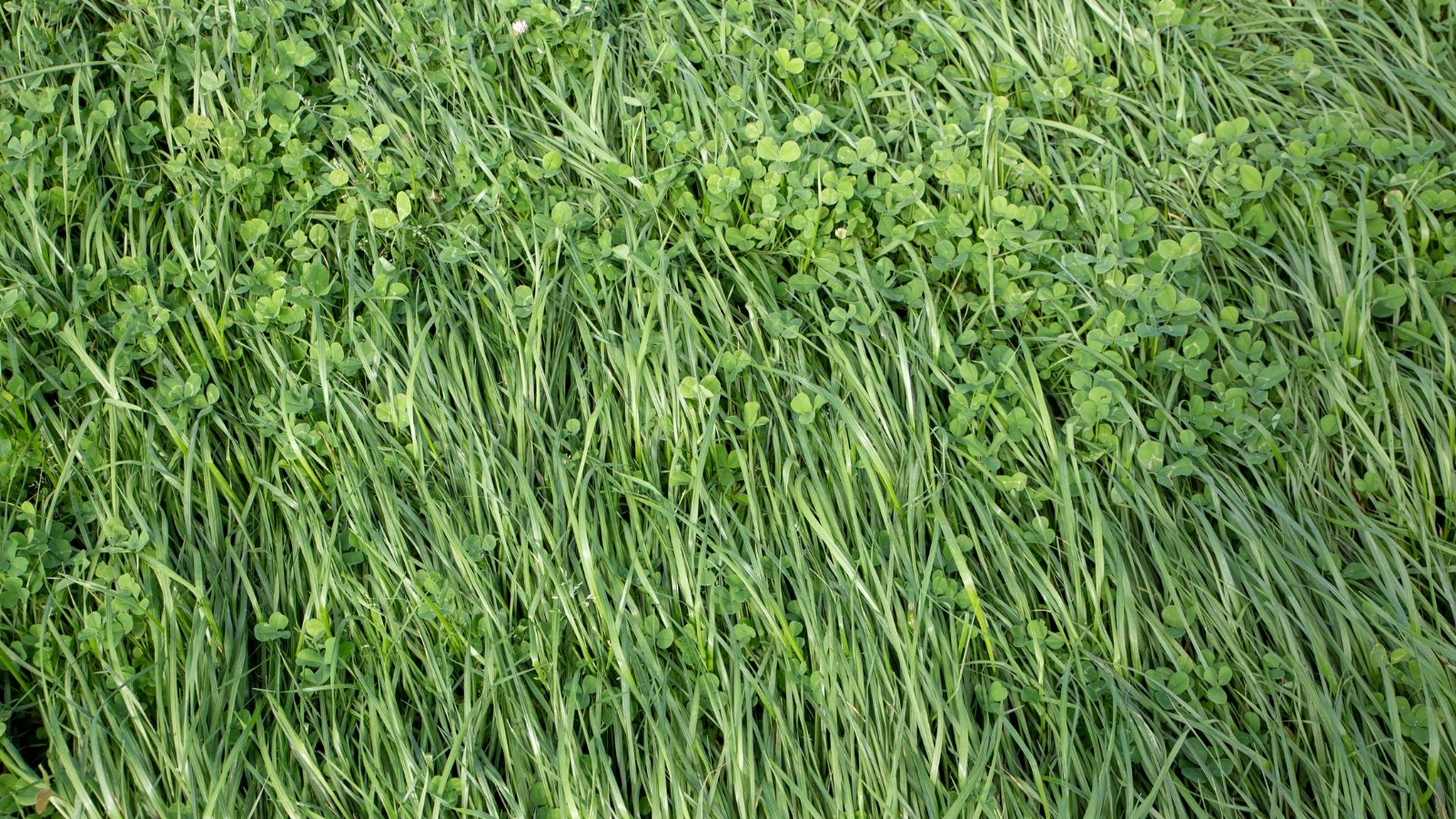

Ponder planting a canopy crop to guard soil from compaction and assist maintain soil fertility. Cowl cropping is the apply of planting and rising secondary vegetation in a mattress or self-discipline when the world just isn’t getting used to develop the first crop (normally a vegetable or fruit).
This apply is historically used on higher farms, however can totally be utilized in a house yard too. Fall cowl crops embrace oats, annual ryegrass, winter wheat, bushy vetch, clover, and Austrian winter peas.
Mulch
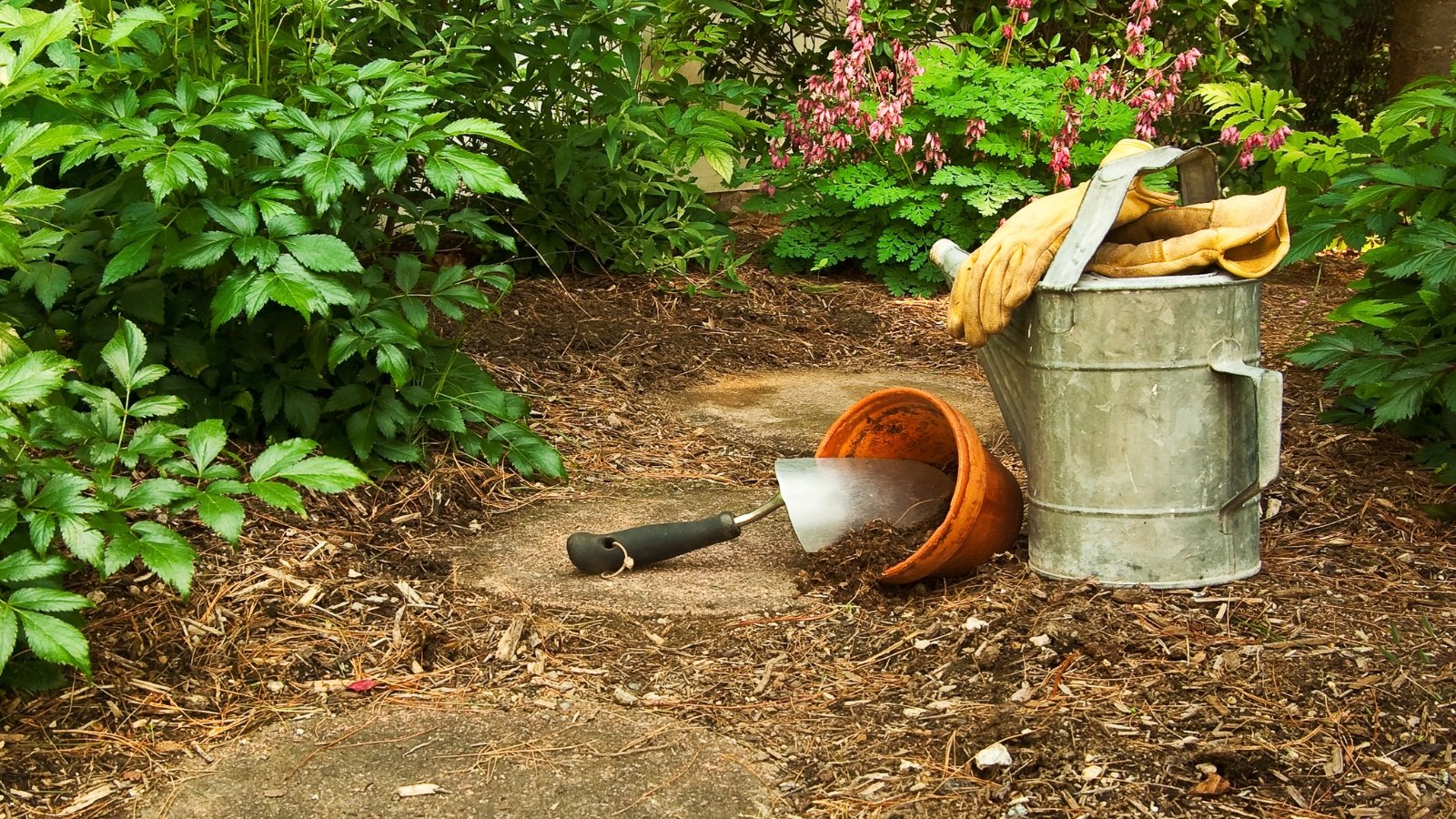

No cowl crop? On the very least, cowl the bottom of your mattress with chopped leaves, straw, or bark mulch. Mulch will defend the nutrient-dense topsoil from eroding away, maintain soil moisture, and protect sneaky weed seeds from taking root.
Deal With Ailments
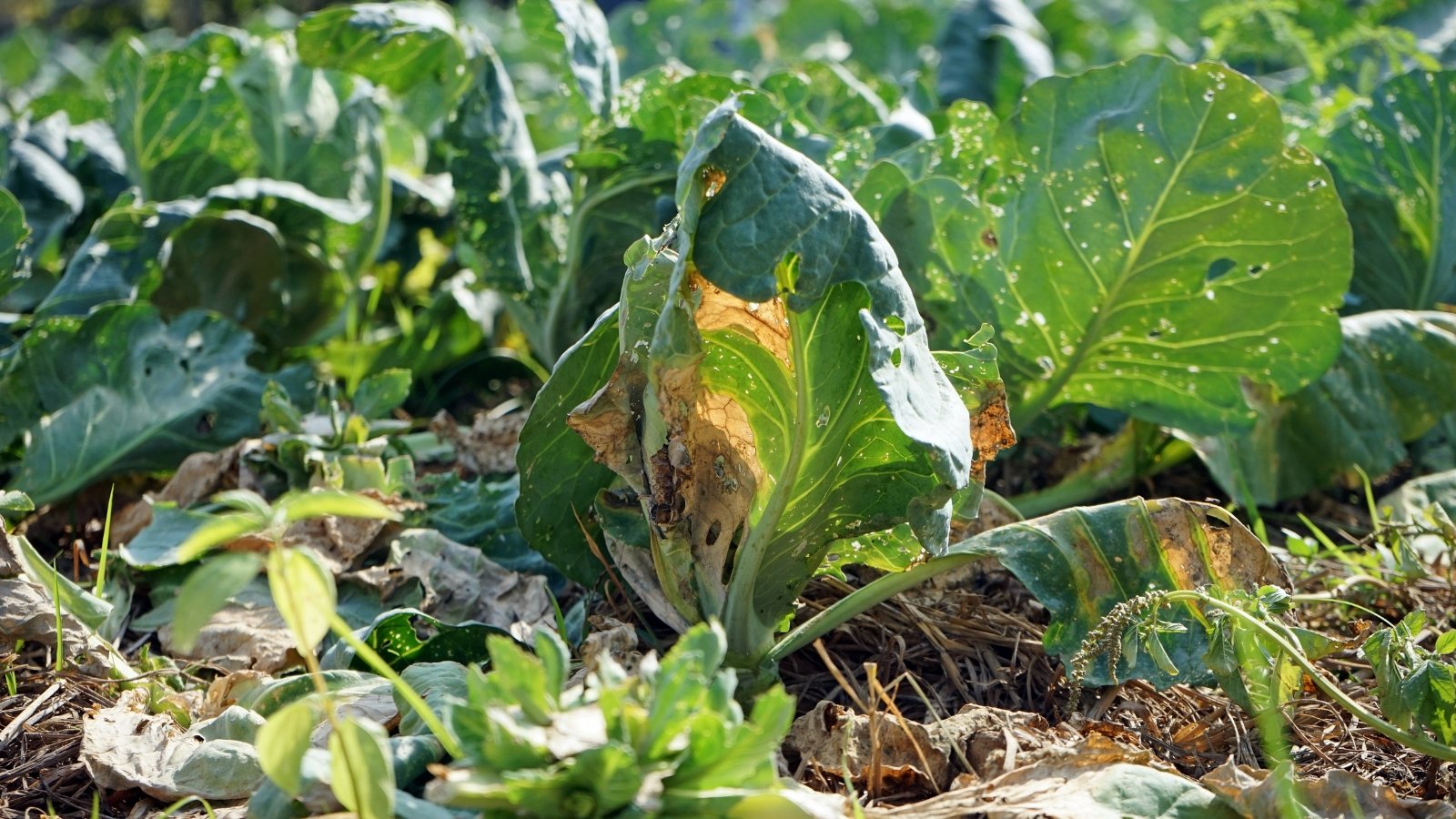

Before you get carried away composting, you’ll should make a note of any illnesses that plagued your yard this season. Dwelling compost setups hardly ever get scorching ample to kill pathogens. In consequence, many viral, bacterial, and fungal illnesses can overwinter on soil and plant particles thrown all through the compost bin. Toss any contaminated plant provides all through the trash, and don’t menace one completely different outbreak subsequent spring.
Haul In Your Houseplants
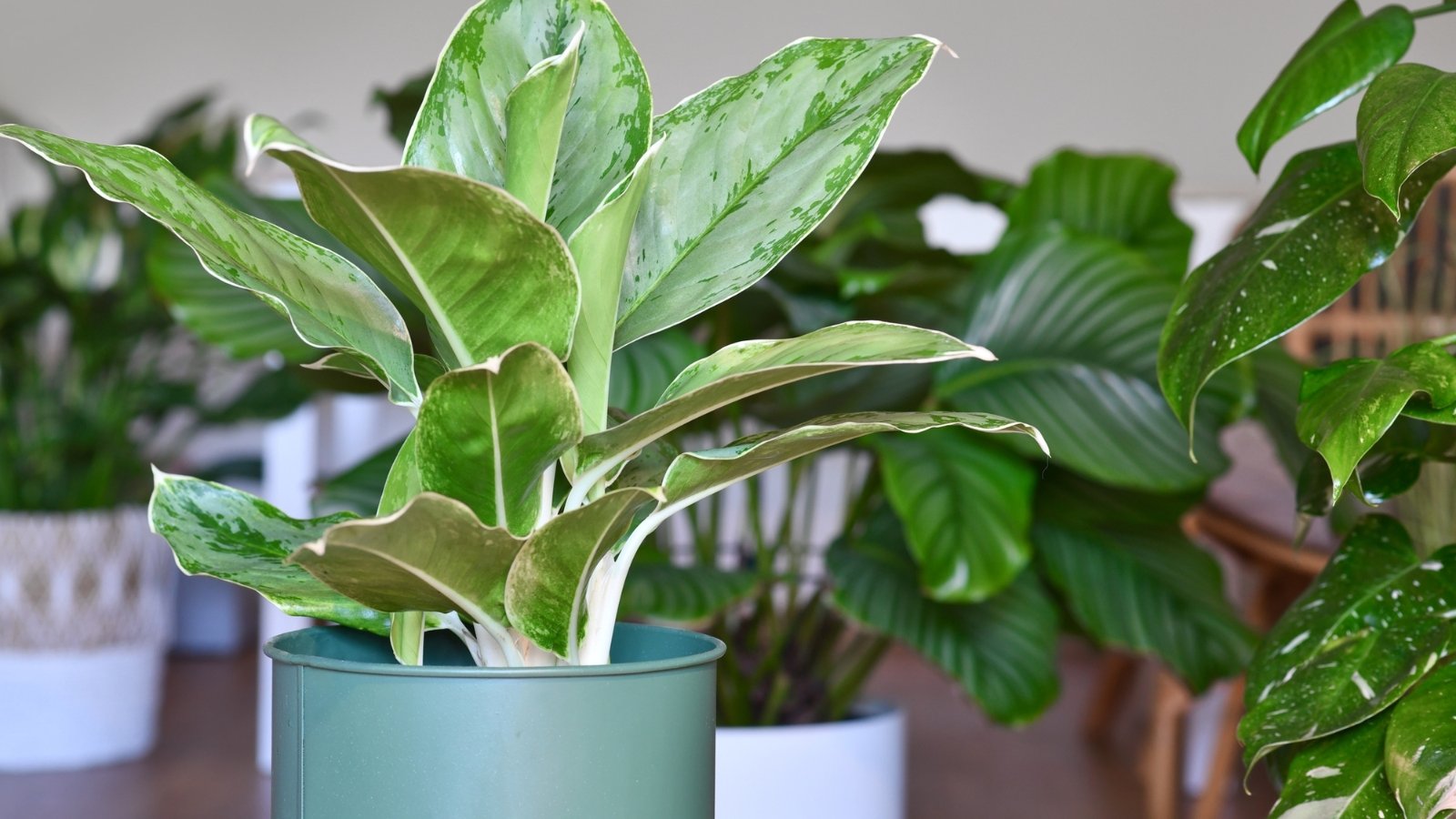

Everytime you moved some houseplants out to a porch or deck for “summer season season season journey”, time to ship them as soon as extra indoors! Lots of our beloved houseplants have tropical origins, and temperatures under 45-50°F (7-10°C) would possibly set off them predominant harm or lack of life.
To keep away from inviting aphids and completely completely different bugs into your non-public dwelling, give your houseplants a terrific once-over before relocating them indoors. Spray leaves down with a hose to knock mud and pests unfastened. Apply neem oil or insecticidal cleaning cleansing cleaning soap to any vegetation that present indicators of infestation.
Make a Plan For Leaves
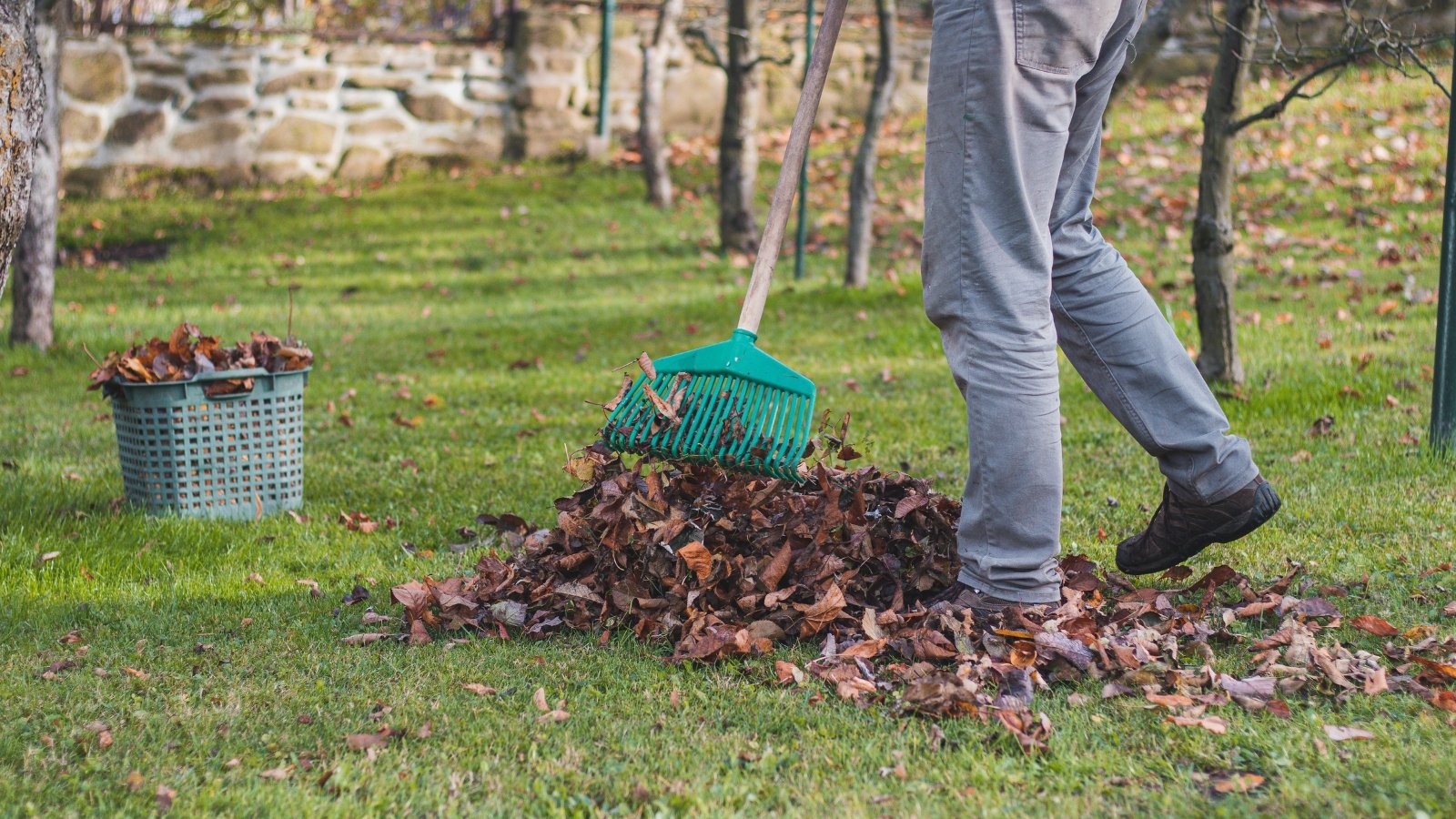

The quaint of gardening thought was to scoop each closing fallen leaf and get rid of it. We now know that leaves are sturdy gold inside the case of healthful gardens and resilient ecosystems. Proceed to rake up dense mats of leaves off of walkways, patios, and grass lawns. Nonetheless, don’t throw leaves away. As an alternative:
Add Them to Your Compost
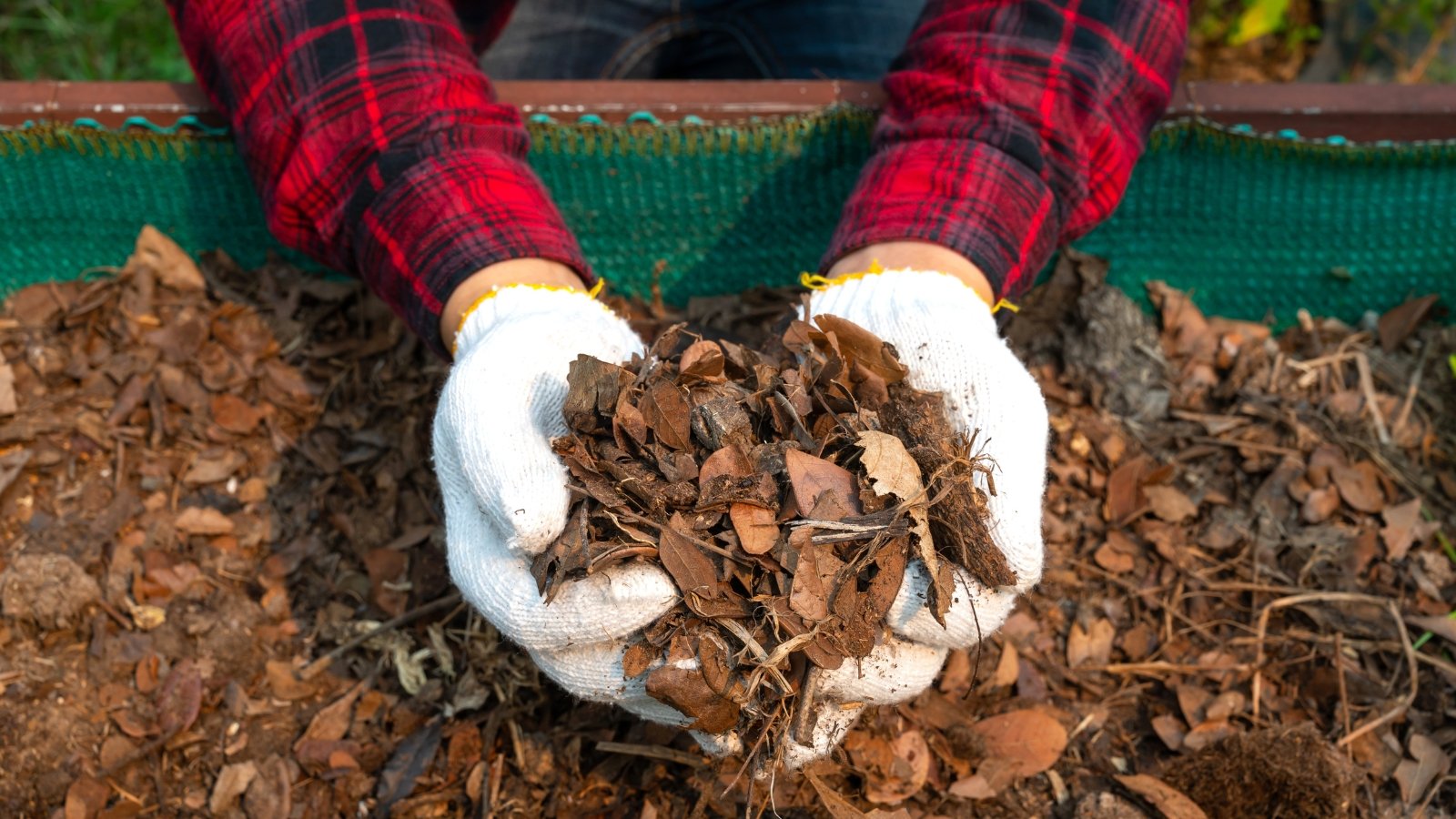

Dried leaves are carbon-rich “brown” components. Add leaves to your compost bin instantly, or save them in a watertight container to make the most of all by way of the winter. I’m not fussy about throwing the leaves in complete, however merely know that they’ll take longer to interrupt down. Chop or shred leaves to hurry up the decomposition course of.
Mulch Yard Beds With Them
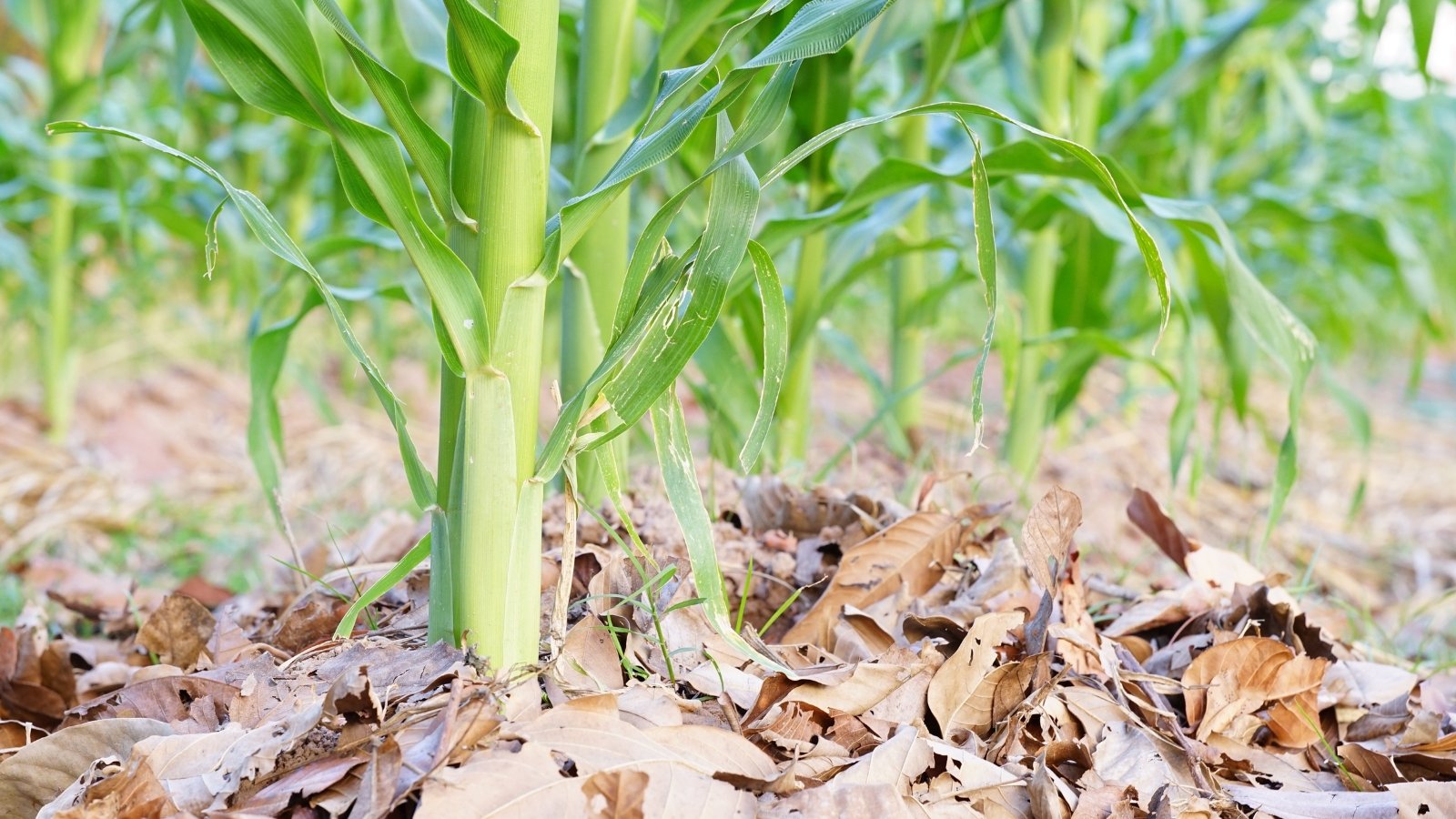

Chopped leaves are a implausible pure mulch, and this fall yard train is actually one it’s possible you’ll remorse to disregard. Tuck an insulating layer of leaves spherical tender perennials that may use some further winter safety. Use chopped leaves to cowl naked soil and empty yard beds. They’ll suppress weeds and protect your useful topsoil intact.
Are there any bushes that shouldn’t be used for leaf mulch? Loads of. Black walnut produces a chemical generally known as juglone, which prevents many vegetation, together with most of our widespread yard veggies, from rising. Whereas the leaves don’t comprise fairly as a lot juglone because of the roots and nut hulls, they need to nonetheless be composted for a few months before utilizing all through the yard. You’ll furthermore most probably should skip utilizing poison ivy or poison oak leaves as mulch, which will certainly come as soon as extra to hang-out you later.
Stash Some for Wildlife
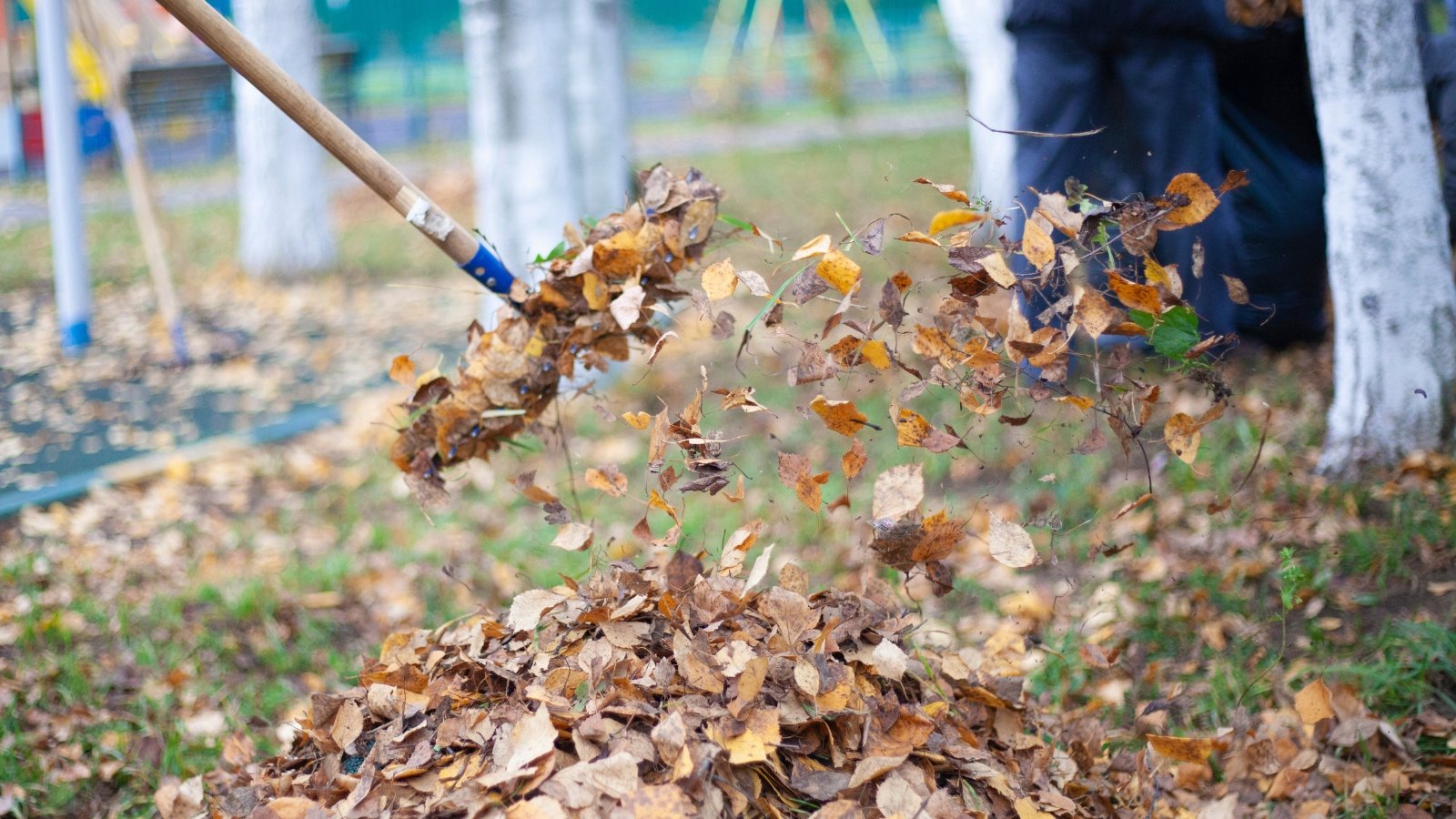

Leaves and brush function useful habitat for bugs and completely completely different overwintering wildlife. When you may’t stand the sight of scattered leaves spherical your yard, rake them correct proper right into a unfastened pile in a discreet nook. Bees, moths, and completely completely different pollinators will nest, feed, and take shelter among the many many many leaves.
Take Tender Tubers Out of the Floor
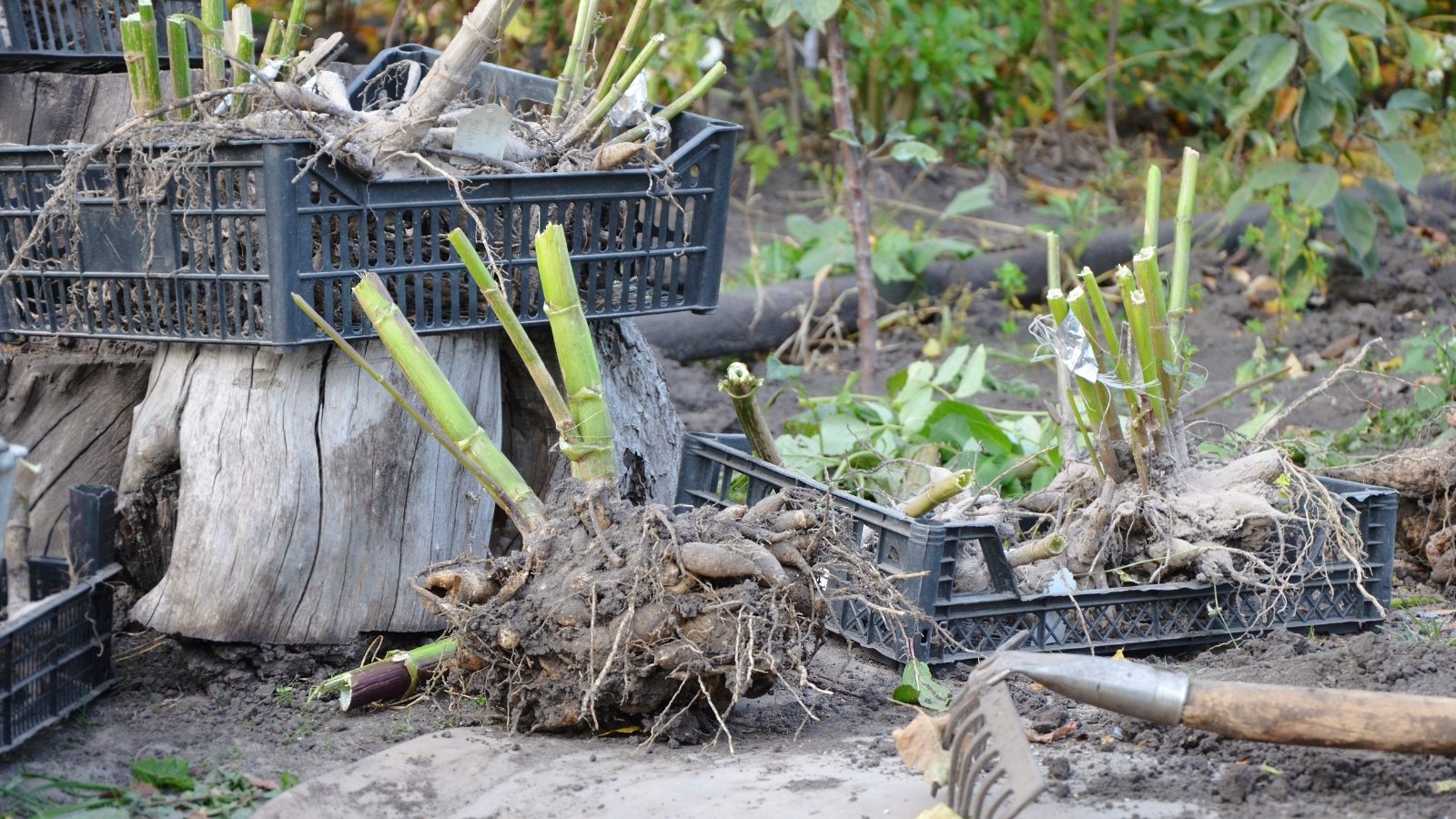

Everytime you ignore your tubers and bulbs in your fall yard train pointers, chances are high excessive it’s possible you’ll not have flowers subsequent spring. Tender tubers (bulbs) embrace summer- and early fall- flowering vegetation equal to dahlias, canna lilies, caladiums, calla lilies, tuberous begonias, and freesia. Most of those vegetation are native to tropical or semi-tropical environments, and their tubers cannot survive a tough freeze.
Gardeners all through the warmest climates—normally USDA zone 9 and hotter—can depart these vegetation all through the flooring all 12 months. Nonetheless, gardeners in cooler zones might want to dig these tender tubers up and retailer them indoors by way of the winter months. Wait till the primary delicate frost of the autumn; it’ll give the plant ample time to mature and retailer up dietary nutritional vitamins for the next 12 months earlier to going dormant.
Get Hardy Bulbs all through the Floor
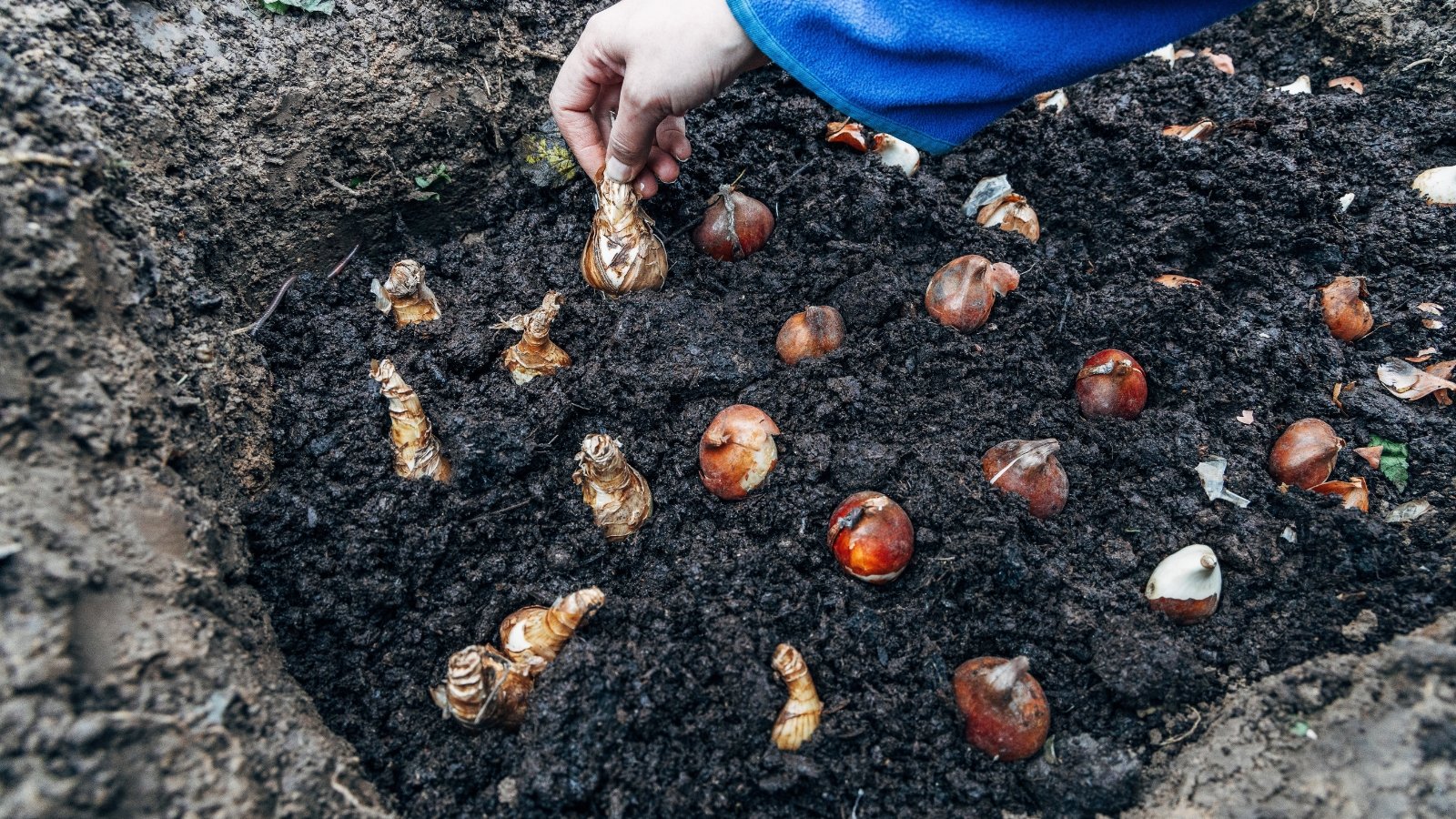

Everytime you merely dug up some dahlias, protect the shovel helpful – it’s most probably time to plant spring-flowering bulbs. Tons of our favourite spring vegetation (tulips! daffodils! crocuses!) are bulbs that require a chilling interval in an effort to bloom precisely.
Plant these bulbs all through the autumn to provide them with the chilly temperatures wished to maintain up them dormant:
- Daffodil
- Crocus
- Glory-of-the-snow
- Muscari
- Snowdrops
- Tulips
Missed the window to get these spring beauties all through the flooring? Don’t fret. You would possibly attempt to “drive” your bulbs into bloom by chilling them artificially in a fridge for varied weeks. That is generally known as chilly stratification. The vegetation just isn’t going to be as sturdy as these planted all through the autumn, so you will wish to choose the healthiest bulbs for among the many best potential bloom.
Divide Perennials
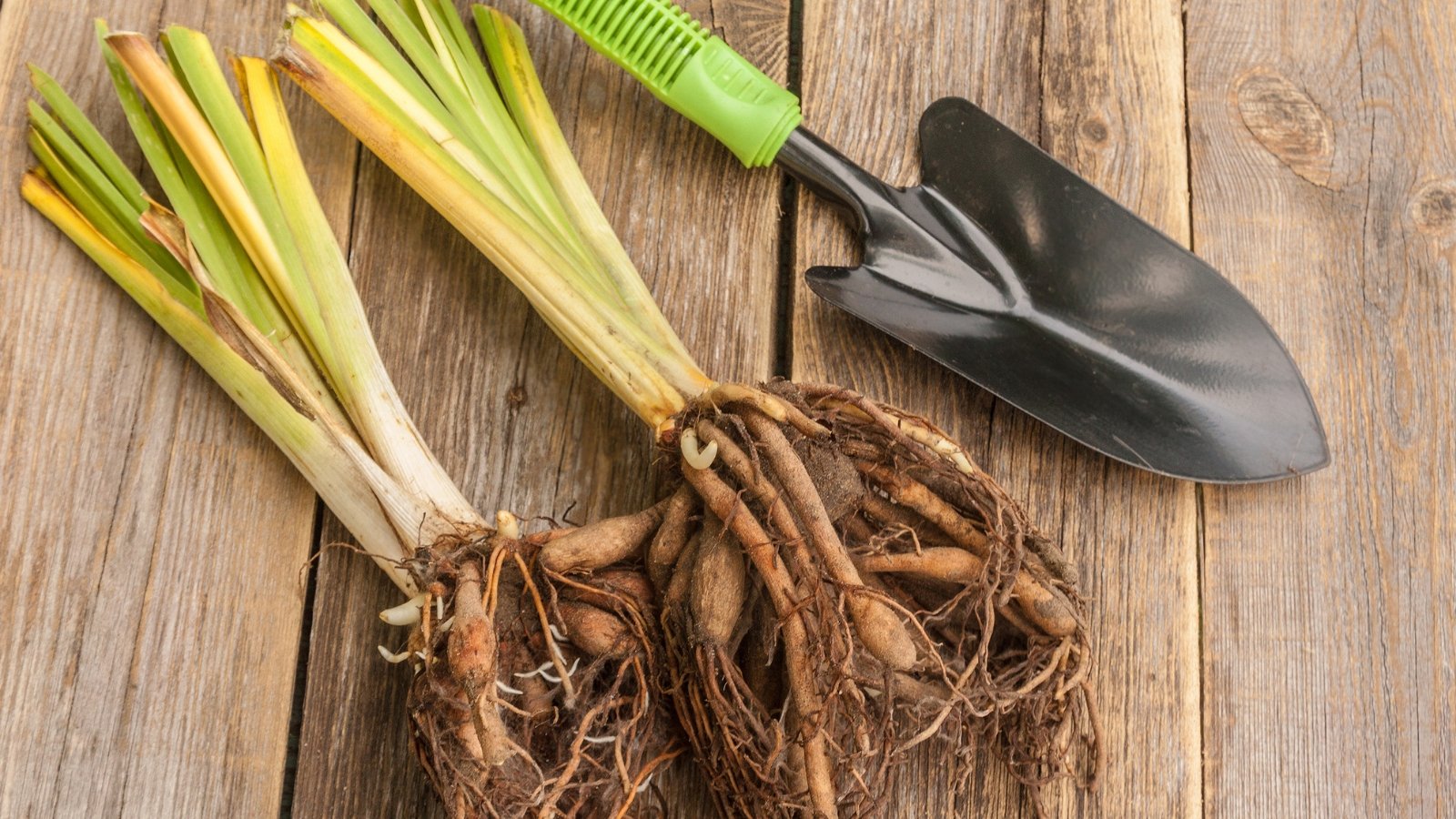

Some vegetation actually reply appropriately to being divided each few years. Dividing might help rejuvenate older vegetation which have stopped blooming or died out on the central crown, and alleviate overcrowding all through the yard mattress. Most perennials need to be divided each 1-5 years, relying on the species.
Fall is an excellent time to divide up many spring and early summer season season season flowering perennials, like irises, daylilies, phlox, coreopsis, and peonies. Decide a cool day a minimal of 4 weeks earlier to a tough freeze – it’ll give your newly divided plant quite a lot of time to get established.
Deal with Invasive Vegetation
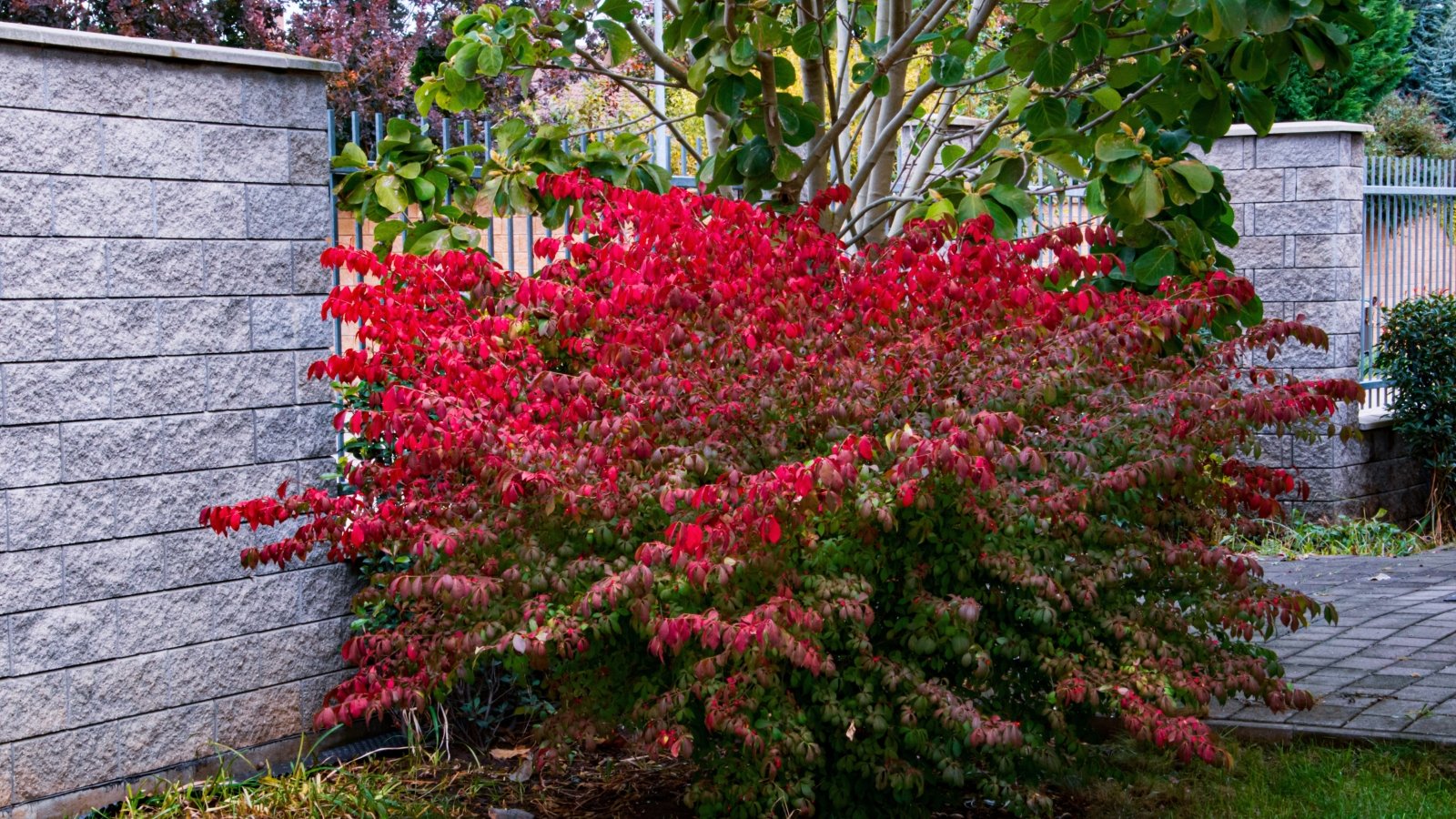

Fall is an excellent time to wrestle invasive vegetation. Many widespread woody invasive shrubs, together with buckthorn, barberry, and burning bush, retain leaves and berries correctly into the beginning of winter. Whereas the remainder of your yard can be naked, you’ll be capable of merely arrange and isolate the invasive vegetation.
Retailer Shrubs, Perennials, and Bushes
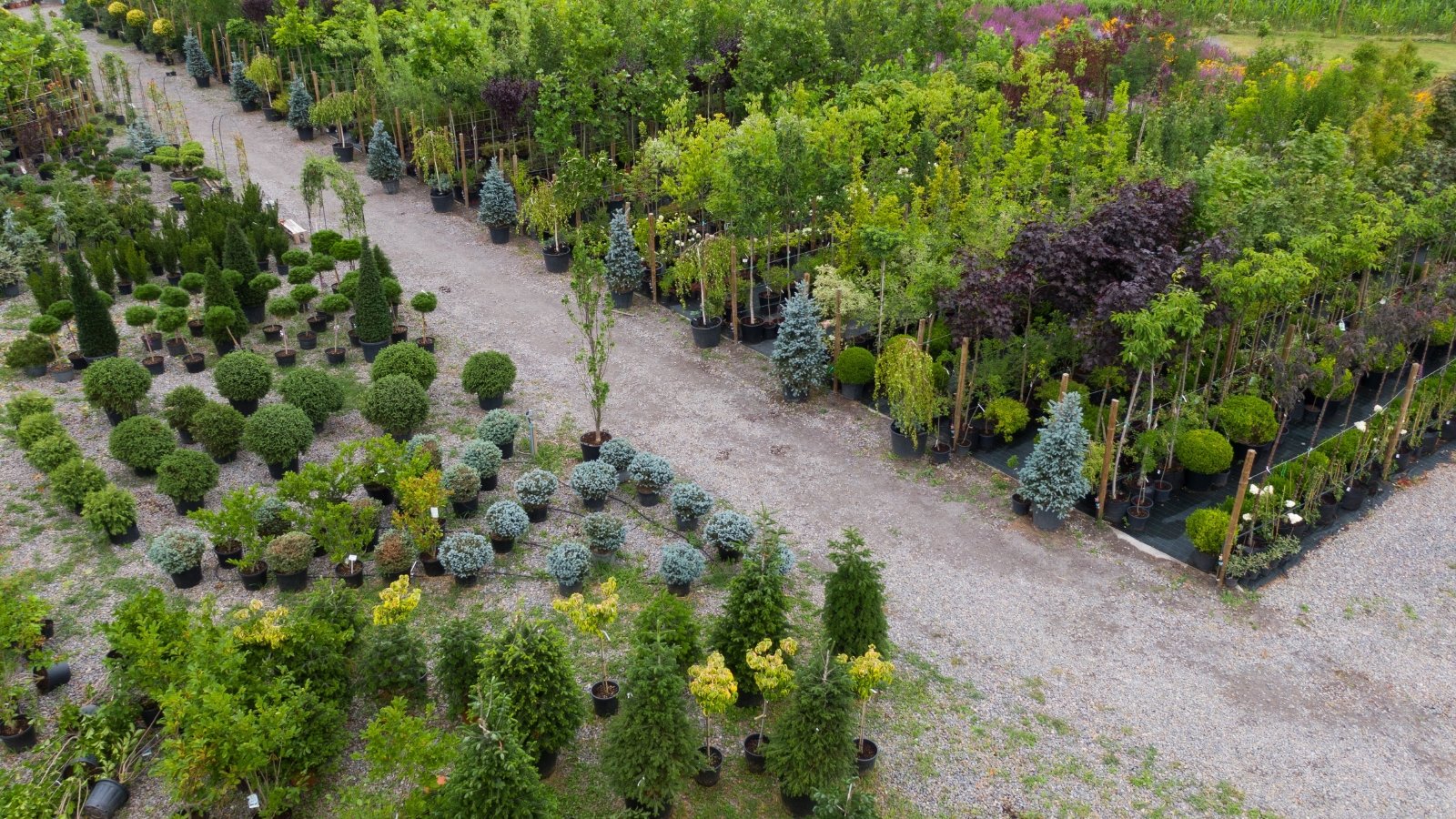

Many yard companies and nurseries are seasonal and shut up retailer before the autumn ends. In an effort to maneuver some inexperienced objects stock, some might put their vegetation at a hefty low worth. Their revenue margin loss is a gardener’s buy! I’ve scooped up quite a lot of totally healthful vegetation all through the autumn that proceed to grace my yard to at current (to at current, my favourite end-of-season steal is a $40 clematis that I bought for EIGHT DOLLARS).
To not stage out the fact that fall is an excellent time to get youthful bushes, shrubs, and perennials all through the flooring. The cool native climate means you acquired’t ought to stress about watering as a lot. Most vegetation are heading into dormancy, which means they’ll be sending vitality in path of root enchancment. With out buds and leaves to emphasize about, they’ll get established sooner.
Drain Hoses and Irrigation
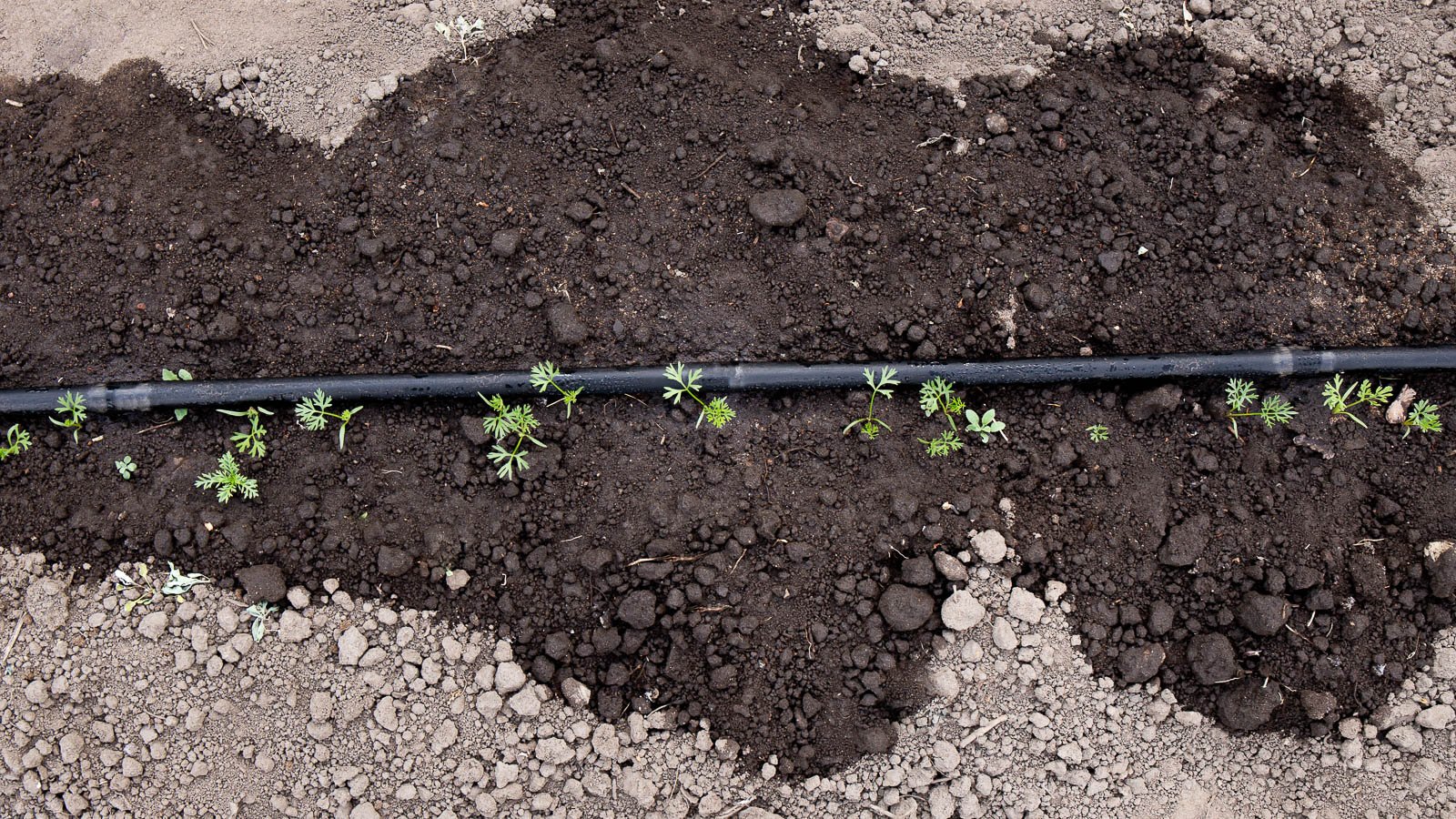

I do know, I do know. Emptying out and wrangling yard hose just isn’t precisely a glamorous train. Nonetheless chilly native local weather gardeners know {{{that a}}} hose filled with water will in the long run freeze, develop, and burst. Greatest case situation, you possibly can have a cracked, leaky hose. Worst case situation, you possibly can have water far and wide. Take away the hose from the spigot, then stretch it flat all by means of the underside to empty. Alternatively, you in all probability can dangle the hose by its center over a fence or completely completely different excessive location so the water will drain out at every finish.
Equally, in case you happen to use a terracotta olla to irrigate your yard, and reside in an home that experiences widespread freezes or extended winters, you’ll should dig up, empty, and retailer the olla indoors. It will forestall the terracotta from cracking.
Clear Your Containers
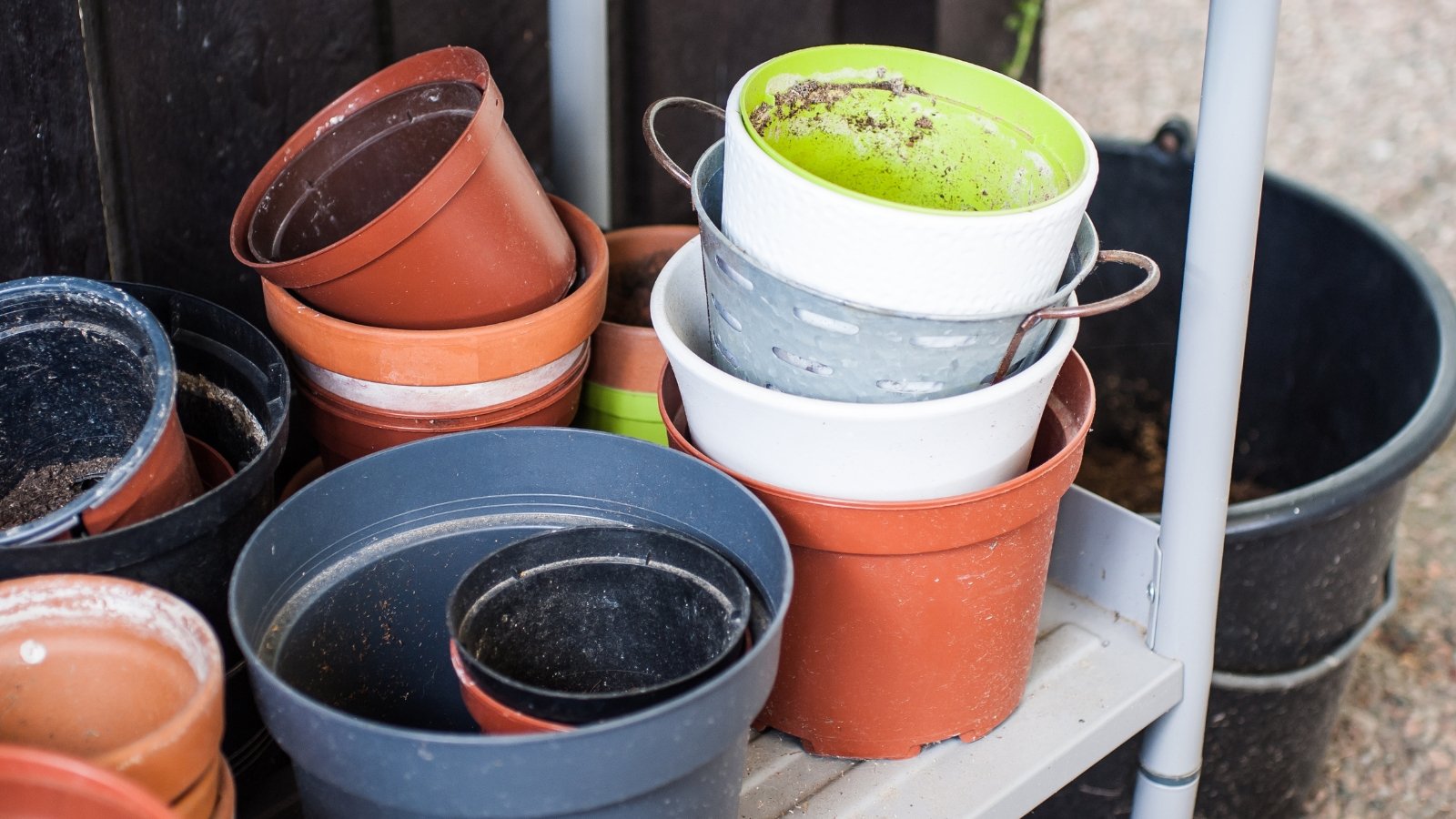

I’m 100% accountable of not doing this one. As rapidly as a tough frost nukes the tender annuals in my pots, planters, and hanging baskets, I normally dump the soil after which merely stack the containers in my shed. Not often do I get the urge to interrupt out a hose and scrub brush.
Nonetheless I have to. Insect pests can merely overwinter all through the underside of a planter and reappear all through the spring. Micro organism from contaminated nursery vegetation will linger all through the soiled, soil-encrusted planters and make their methodology into subsequent season’s vegetation.
Blast containers with a hose, then take a couple of minutes with every container to wash unfastened any caked on mud or soil with delicate dish cleaning cleansing cleaning soap. Alter to up with a ten% bleach resolution or 70% rubbing alcohol to utterly disinfect the container. Dry containers all through the photograph voltaic, then retailer them and instantly begin dreaming of subsequent season’s planting concepts.
Key Takeaways
Wrapping up just a few gardening duties now ensures a healthful, vibrant yard subsequent season. When spring lastly does arrive, we’ll be capable of focus utterly on seeds and planting. Now, roll up your sleeves and get out all through the yard!
[ad_2]
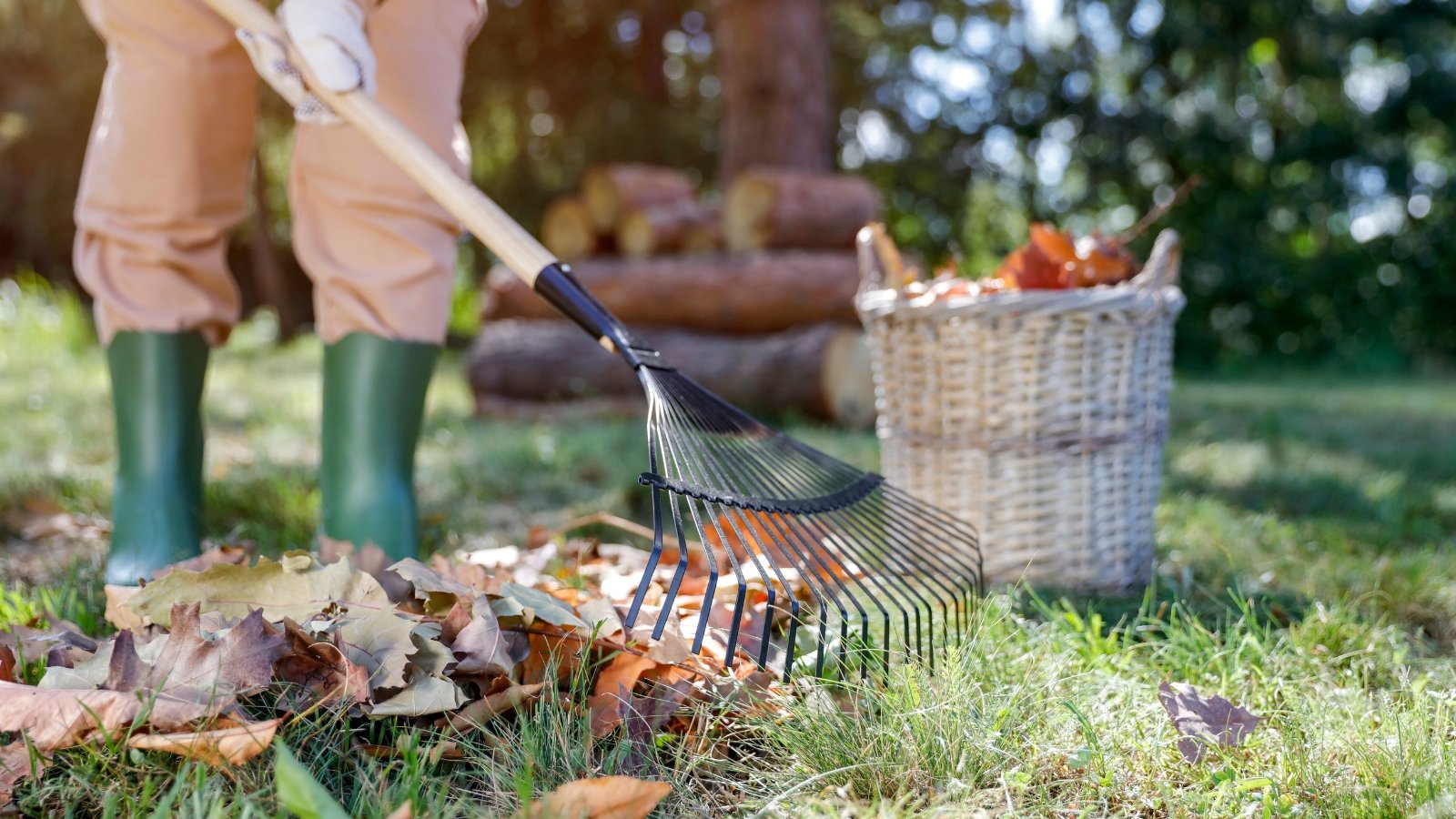
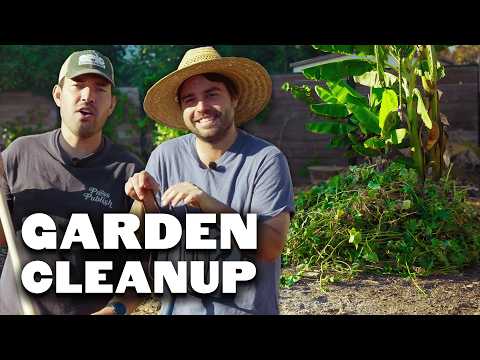
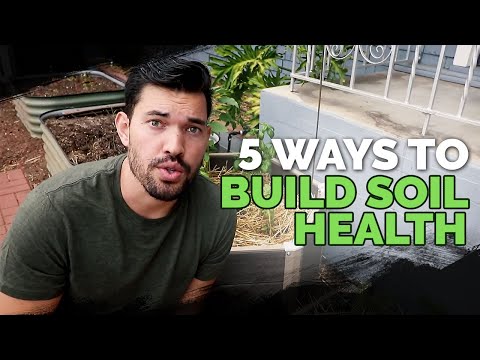
The article provides a comprehensive overview of fall gardening tasks that often get overlooked. It’s a helpful reminder for gardeners to prepare their gardens for the upcoming winter and ensure soil health for next season.
This article is informative and encourages proactive gardening. The suggestion to assess soil health during autumn is especially important, as it lays the groundwork for better yields in the spring planting season.
I appreciate the detailed tips on mulching and composting. These practices not only help maintain a healthy garden but also contribute positively to the environment. It’s great to see practical advice shared.
Fall gardening can be easily overlooked, but this article highlights essential tasks that can enhance garden productivity. The variety of crops suggested for cool-weather planting is an excellent tip for maximizing yield.
The emphasis on dealing with invasive plants and diseases is crucial for maintaining a thriving garden. I found the section on preparing houseplants for winter particularly relevant, as I often struggle with pests.